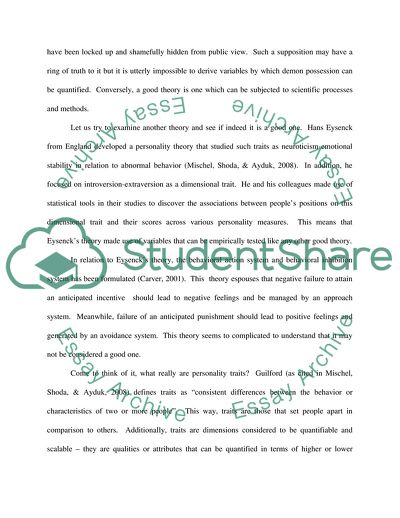Cite this document
(Perspectives on Personality Essay Example | Topics and Well Written Essays - 1250 words, n.d.)
Perspectives on Personality Essay Example | Topics and Well Written Essays - 1250 words. https://studentshare.org/psychology/1718693-perspectives-on-personalities
Perspectives on Personality Essay Example | Topics and Well Written Essays - 1250 words. https://studentshare.org/psychology/1718693-perspectives-on-personalities
(Perspectives on Personality Essay Example | Topics and Well Written Essays - 1250 Words)
Perspectives on Personality Essay Example | Topics and Well Written Essays - 1250 Words. https://studentshare.org/psychology/1718693-perspectives-on-personalities.
Perspectives on Personality Essay Example | Topics and Well Written Essays - 1250 Words. https://studentshare.org/psychology/1718693-perspectives-on-personalities.
“Perspectives on Personality Essay Example | Topics and Well Written Essays - 1250 Words”. https://studentshare.org/psychology/1718693-perspectives-on-personalities.


